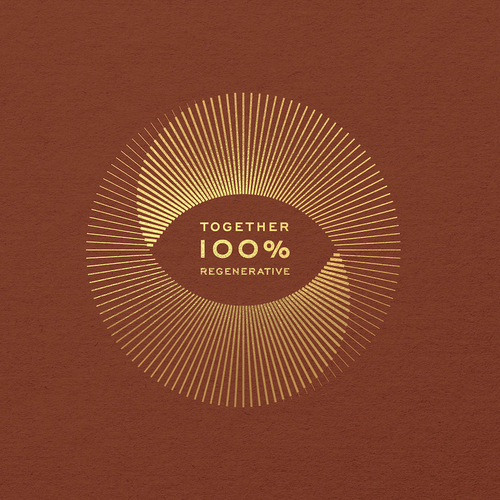
No Bean Is Like the Other
#KnowYourBeans
Most chefs these days, and more and more of us food lovers want to know where our food comes from - I mean, we really want to know. Where and how did it grow, who harvested it, how did it become such a delicious food? We have picked up these questions in wine shops and coffee roasters, and now we want to apply them to everything from apples to cheeses. So why then are most of us taking chocolate for granted?
Don’t worry if you haven’t dug deeper yet into where your chocolate comes from. Even those of us who think of themselves as experts are just starting on the journey. For more than 10 years now, the Original Beans team has ventured into the planet’s remote rainforests to source the world’s rarest & fairest cacao beans. We have seen and learned an awful lot about cacao. Most excitingly, we have learned that there is still so much to learn about a tree and food scientifically called - true story! - “food of the gods”. We are all discovering chocolate anew.
To give an example: you might have heard of Criollo, Forastero, Trinitario, the holy trinity of cacao beans. As concerns genetics, biology, chemistry, and thus flavour of cacao, the cacao trinity can safely be put into the dustbin of history. Instead, have a look at the map below of the Amazon basin. Scientists are using Bayesian statistics and computer simulations to infer 10 clusters of distinct cacaos in the Amazon. The broken black lines suggest geological features called paleo arches which may have played a role in stopping the gene flow among the clusters and thus kept them distinct. Do they look different? Of course. Do they taste different? You bet!
What´s happening
More Stories







